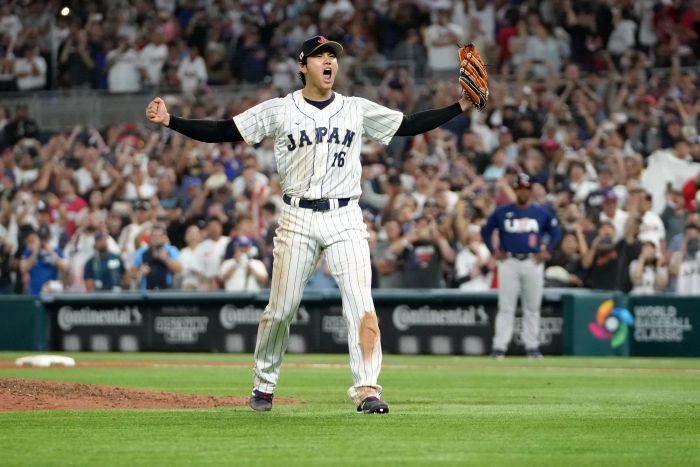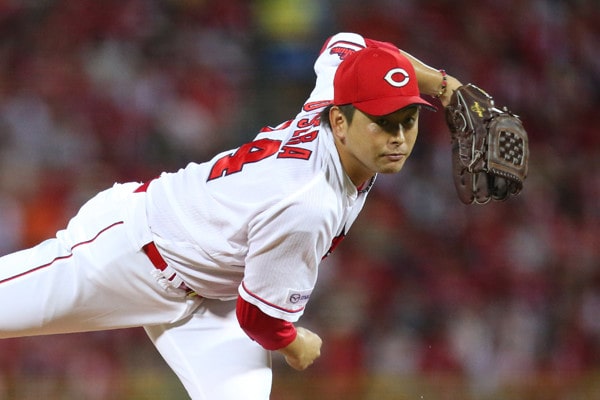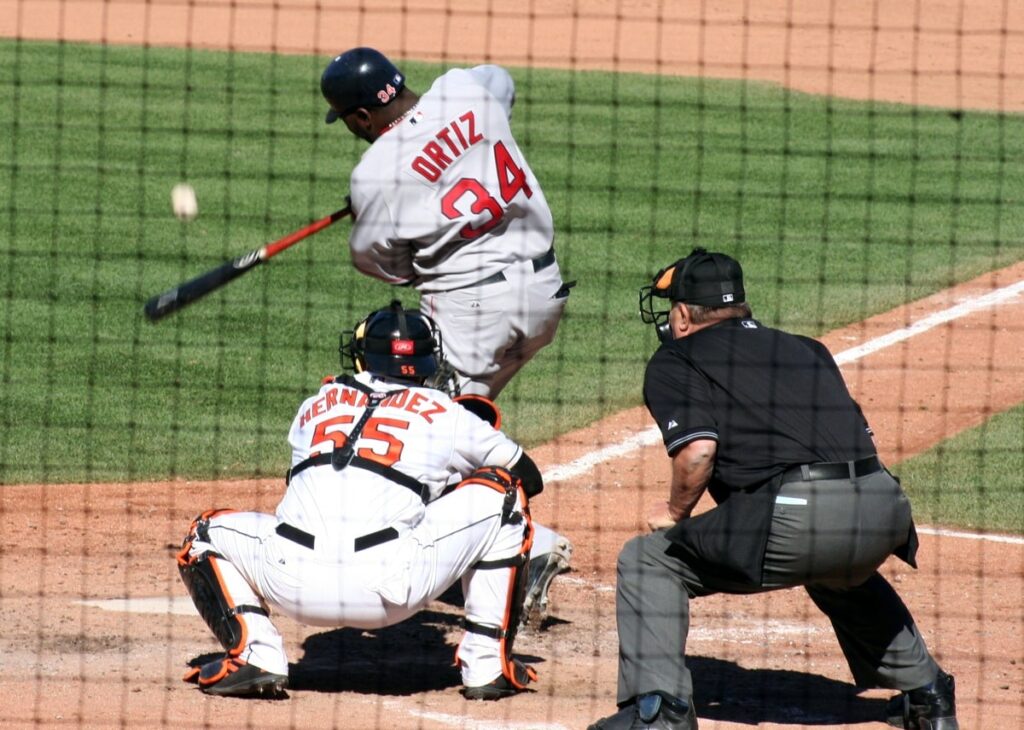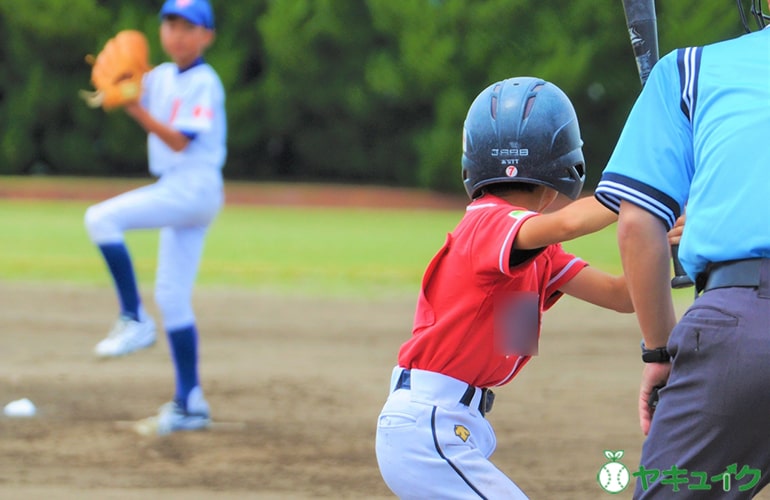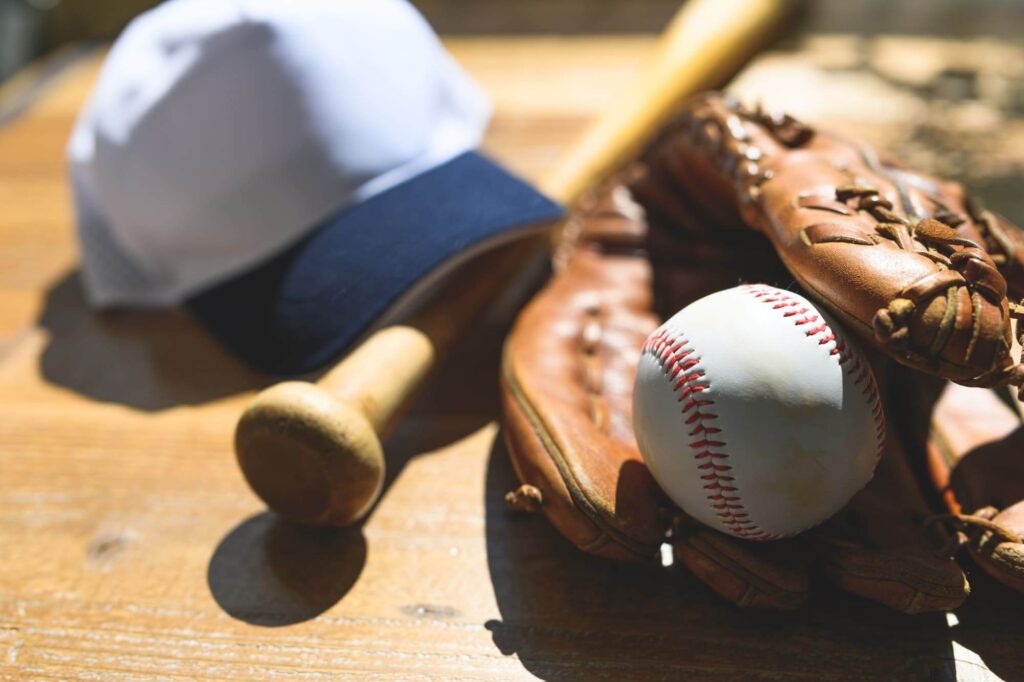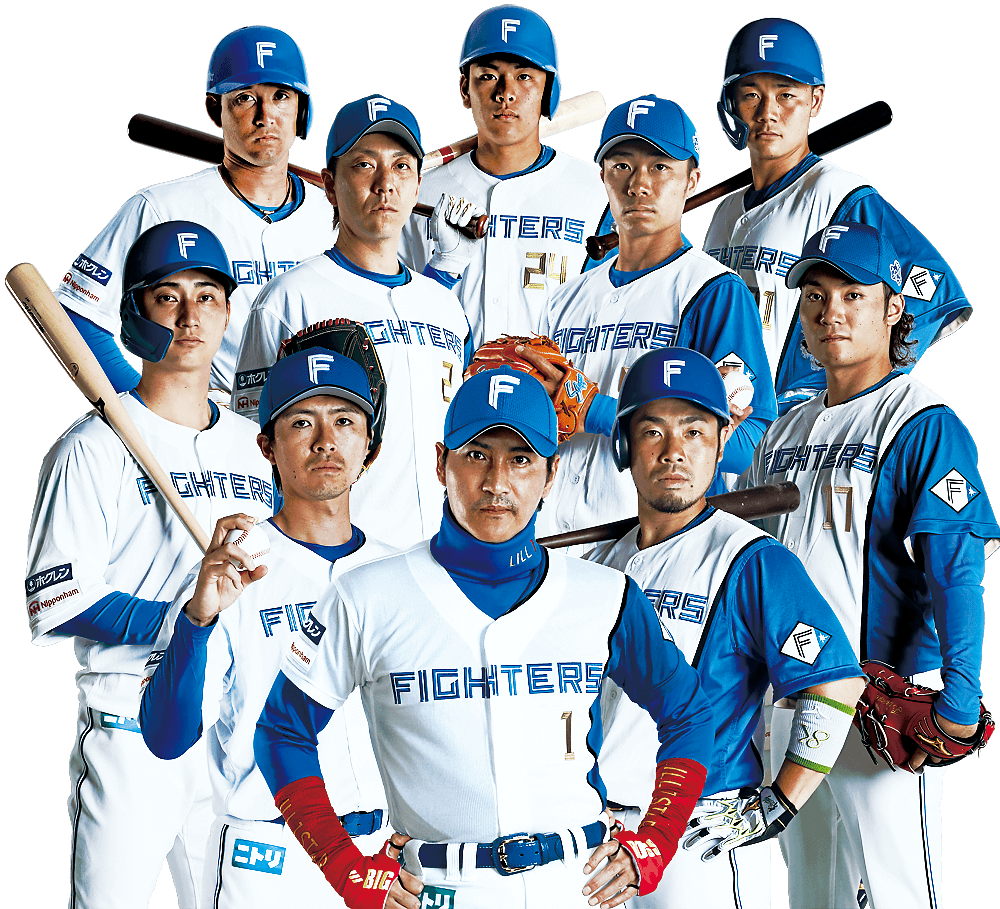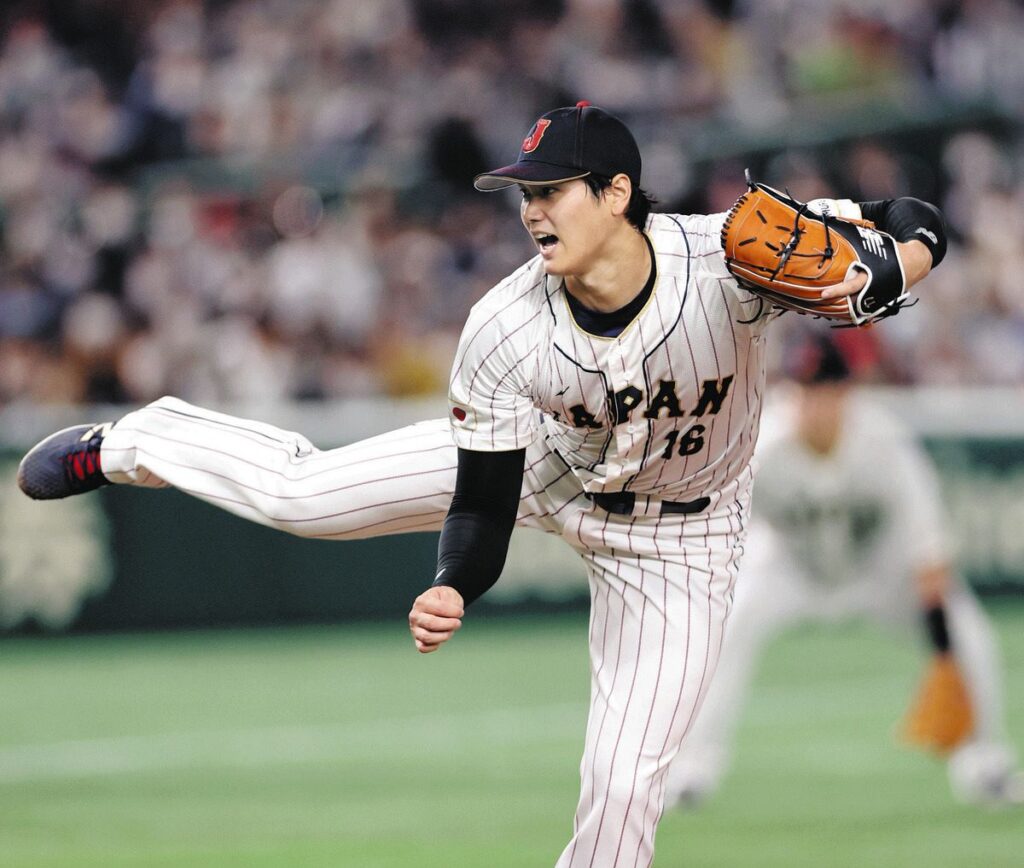
When designing a baseball field, especially one for adults, precise dimensions and design standards are required in anticipation of professional matches and amateur league competitions.
This article provides detailed information about the design standards and dimensions of adult baseball fields.
Specifically, it provides detailed information such as the overall field layout, pitcher’s mound design, baseline placement, distance and height of outfield fences, dugout and bullpen placement, seating design, and lighting equipment.
目次
Basic dimensions of an adult baseball field
Adult baseball fields are used for professional matches and amateur leagues, so they require precise dimensions and design.
This will ensure a fair playing environment and player safety.
Here we will go into detail about the overall layout of the field and the distance and placement of the bases.
Overall Field Layout
The entire layout of an adult baseball field is precisely designed, including the placement of the infield and outfield, the distance between the fences, and the location of the pitcher’s mound.
Infield Layout: The infield is designed in a diamond shape with the bases spaced 90 feet apart. This distance is uniform between all bases, forming a precise rectangle. The distance from home plate to the pitcher’s mound is 60 feet 6 inches, allowing for a good balance between the pitcher and the batter.
Outfield Layout: The distance to the outfield fence is approximately 400 feet (approximately 121.92 meters) in center field and approximately 325 feet (approximately 99.06 meters) on both sides of the field. This distance setting balances the batter and the defense and keeps the game fair. The outfield fence is usually designed in an arch shape, which balances the aesthetics and functionality of the entire field.
Fence height: Fences are typically 8 feet high, but some stadiums have fences of different heights. Higher fences prevent home runs, while lower fences pose a challenge to batters, so each stadium’s design must take into account its unique characteristics.
Distance and placement between bases
The distance and placement of the bases has a significant impact on the progress of the game and the movements of the players.
Accurate placement is required and is designed according to the following criteria:
Distance from first base to third base: The distance between first and third base is 90 feet, the same as the distance between the bases. This keeps the infield diamond in shape and allows players to run the bases smoothly.
Distance from home plate to each base: The distance from home plate to each base is also accurately measured.
- From home to first base: 90 feet
- Home to second base: 127 feet 3 3/8 inches
- From home to third base: 90 feet
In this way, the distance between all bases is precisely designed to ensure a fair playing environment.
Base Placement: The bases are precisely placed at each corner of the infield. The location of each base is precisely measured from home plate to form a diamond shape. This keeps the infield layout uniform and allows for smooth player movement.
Pitcher’s mound placement: The pitcher’s mound is placed 60 feet, 6 inches from home plate. The center of the mound is aligned with the center of the infield diamond, which maintains balance between pitcher and batter.
Drawing Lines: The infield and outfield boundaries are precisely drawn with chalk or paint. The lines are straight lines between each base, facilitating fair and foul play, as are the batter’s and catcher’s box lines.
The basic dimensions of an adult baseball field are crucial to ensure fairness of the game and the safety of the players.
Precise field layout and the distance and placement of bases allow players to perform at their best and spectators to enjoy a quality game.
Proper design and maintenance ensure that the optimal playing environment is always provided.

Pitcher’s mound design and dimensions
The pitcher’s mound is the key area in a baseball game from which the pitcher delivers the ball.
It requires precise design and proper maintenance.
Here we will take a closer look at the height and diameter of the pitcher’s mound and how to maintain it.
Pitcher’s mound height and diameter
The height and diameter of the pitcher’s mound have a significant impact on pitching performance and fairness.
Height: The height of the pitcher’s mound is 10 inches above home plate level. This height is important to allow the pitcher to get the proper throwing angle. A consistent mound height allows the pitcher to deliver the ball with a consistent form and provides a level playing field for the batter.
Diameter: The diameter of a pitcher’s mound is 18 feet. It is designed to radiate evenly from the center of the mound, allowing the pitcher plenty of room to move freely. The proper diameter also allows for a smooth follow-through and pickoff motion.
Slope: The mound slopes from the center toward home plate. This slope is designed to aid in the pitcher’s pitching motion by using the momentum of the ball. The slope is 1 inch per foot.
Material: The surface of the pitcher’s mound is made of a firm clay soil that is firm enough to provide stability for the pitcher’s feet. Regular watering to keep the surface moist prevents the surface from hardening and cracking.
How to maintain the pitcher’s mound
Maintenance of the pitcher’s mound is necessary after every game and practice to keep it in optimal condition.
The basic maintenance methods are introduced below.
Maintenance and smoothing: After each game or practice, the surface of the mound is smoothed to remove footprints and unevenness. It is important to maintain an even surface using special rakes and brushes. Pay particular attention to the pitching and stepping areas.
Watering and compaction: It is important to moisten the soil on the mound moderately and compact it. If it dries out, dust will easily form, and if it is too wet, it will become slippery. Maintaining the appropriate amount of moisture and compacting it firmly will improve the stability of pitching. Water the mound frequently, especially in the summer and other dry seasons.
Repair and Maintenance: If the mound is damaged during a game or practice, it will be repaired immediately. Clay soil will be added, compacted, and the surface will be smoothed out. This will allow for stable pitching the next time the mound is used. In particular, repairs will be made to areas that are muddy after rain and depressions in the stepping area.
Line Drawing: Lines and markers around the mound are regularly redrawn to ensure pitchers are in the correct position to throw the ball. Lines are drawn with chalk or paint and are checked and repaired after each game.
Regular inspection: We regularly inspect the condition of the mound and perform necessary maintenance. In particular, during the off-season or periods when the mound is used less frequently, we check the overall condition of the mound and perform major maintenance.
Winterization: In winter, the mound is protected from freezing by using sheets or covers to protect it from rain and snow and to maintain a moderate level of humidity. Special protective agents may also be used to prevent cracking and hardening due to freezing.
The design and maintenance of the pitcher’s mound has a direct impact on the progress of the game and the performance of the players.
By maintaining the proper height and diameter and performing regular maintenance, you can keep it in optimal condition.
This allows pitchers to concentrate on playing with confidence, improving the quality of their games.
Providing the best possible playing environment through precise design and ongoing care is key.

Baseline and home plate placement
The placement of the baseline and home plate on a baseball field is extremely important to the progression of the game.
Accurate placement of these provides a level playing field and maximizes player performance.
Here we will explain in detail the distance from first base to third base and the distance from home plate to each base.
Distance from first base to third base
The distance from first base to third base is a key factor in keeping the baseball diamond shape accurate.
Accurate distances allow players to run the bases and make defensive moves smoothly.
Standard Distance: The distance between first and third base is 90 feet. This distance is consistent throughout professional and amateur leagues. The 90-foot distance maintains the diamond shape of the infield and provides a level playing field.
Impact and Importance: This distance directly impacts how the game plays out. For example, the speed and timing of runners running from first base to third base, and the movements of defensive players as they field the ball are all designed around a distance of 90 feet. Inaccuracies in this distance can throw the game off balance.
Maintenance and measurement: The distances between the bases are measured regularly to ensure accuracy, and are remeasured to professional standards before every match or season to ensure an accurate playing environment.
Distance from home plate to each base
The distance from home plate to each base is also very important in baseball field design.
The accuracy of these distances ensures fairness of play and player performance.
Home Plate to First Base: The distance from home plate to first base is 90 feet. This distance directly affects the timing of the runner to reach first base and the defensive play.
Home Plate to Second Base: The distance from home plate to second base is 127 feet, 3 3/8 inches. This distance plays an important role in plays such as double plays and stealing bases. This distance tests a player’s speed and defensive skills, especially when stealing second base.
Home Plate to Third Base: The distance from home plate to third base is also 90 feet. This is the same distance a runner must travel to get from first base to third base. Because third base is a scoring base, the accuracy of this distance directly affects the chances of scoring.
Bases and Lines: Bases are precisely measured from home plate. Baselines are the straight lines connecting each base and define the fair and foul zones of the field. These lines are precisely drawn for each game to make it easier for players to orient themselves.
Maintaining the Diamond Shape: Accurate distances maintain the infield diamond shape, which is the fundamental field structure in baseball and upon which all play is based. Accurate distances and placement ensure a fair and competitive game.
The placement of the baselines and home plate is one of the most important elements in the design of a baseball field.
Precise positioning and maintaining distance allows players to perform at their best and spectators to enjoy a high-quality match.
Proper design and maintenance are essential to always provide the optimal playing environment.
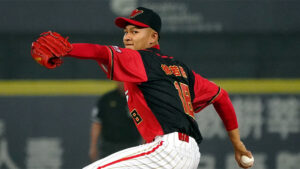
Distance and height of outfield fences
The distance and height of outfield fences are important factors in baseball field design.
The placement of fences has a significant impact on the distance the ball can travel and defensive strategies.
Here we will explain in detail the distance between center field and both field lines, as well as the height and design standards of the outfield fences.
Distance between center field and both field lines
The distance of the outfield fences affects the distance the ball can travel, which in turn determines the difficulty of hitting a home run and the defensive strategy.
Center Field: The distance from center field to home plate is approximately 400 feet. This is the standard distance in professional baseball parks and is the standard for hitters to hit the ball toward center field. This distance presents the greatest challenge for hitters, and makes a home run to center field especially valuable.
Both Field Lines: The distance between both field lines (left and right field) is approximately 325 feet (approximately 99.06 meters). The distance of the field lines is set shorter than that of center field, but this is also an important factor for hitters. Balls hit to the left or right field are more likely to result in home runs than balls hit to center field, but the defense must react quickly to balls hit near the lines.
Distance Impact: The distance to the fence directly affects the distance the ball can travel, which has a major impact on batter and defensive strategies. The longer the distance, the harder the batter has to hit the ball and the greater the area the defender has to cover. On the other hand, a shorter distance gives batters an easier chance to hit a home run, but also allows the defender to react more quickly, giving them more tactics to play with.
Outfield fence height and design standards
The height of the outfield fence affects how the ball will fly and bounce, and plays an important role in the progress of the game.
Standard height: The standard height of the outfield fence is about 8 feet (about 2.44 meters). This height is the standard for batters to hit home runs over the fence, and also the height that requires defenses to play close to the fence. In professional baseball parks, this height is used as a standard to balance batters and defenses.
Design criteria: The fence design takes into consideration both safety and visibility. The materials used are metal and synthetic resin, which are strong and durable. This helps absorb the impact when a player collides with the fence, reducing the risk of injury. Transparent panels are also used to make it easier for players to see the fence while still allowing spectators to see.
Extra-height fences: Some ballparks have extra-height fences, such as the 37-foot-tall left field fence at Fenway Park, known as the “Green Monster.” These extra-height fences become unique features of the ballpark and add a unique level of strategy and excitement to the game.
Fence shape and installation: Fences are generally designed to be arched. This allows them to cover the entire field evenly, making it easier for the ball to bounce and for defensive moves to be made smoother. In addition, cushioning material is attached to the top of the fence to reduce the impact of players colliding with it. The location and height of the fence can be varied to suit the design of the stadium.
The distance and height of the outfield fences are very important factors in a baseball game.
Precise distance and height design ensures fair and exciting matches, providing a satisfying environment for both players and spectators.
Proper design and safety measures will improve the quality and appeal of baseball fields.
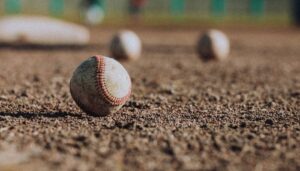
Dugout and bullpen layout
The placement of a baseball stadium’s dugouts and bullpens has a significant impact on player performance and the progress of the game.
These areas play a vital role in helping players relax and get ready for the match.
This article goes into detail about the standard size and location of dugouts, as well as bullpen design and layout.
Standard dugout size and location
The dugout is where players and coaches wait during the game, so a comfortable environment and efficient movement patterns are required.
Standard Size: The standard size for a dugout is 25 feet wide and 8 feet deep. This size allows for ample space to accommodate the players, coaches and their equipment. For larger games or at the professional level, larger dugouts may be installed.
Location: Dugouts are located on the first base and third base sides. The first base side dugout is generally used by the home team, and the third base side dugout is generally used by the visiting team. This arrangement allows both teams to enter and exit the field quickly, allowing for efficient game management.
Access and Traffic Flow: Access from the dugout to the field must be smooth. In particular, it is important that the entrances and exits are designed to be wide and have few steps and uneven surfaces to allow for quick response in the event of an emergency. Traffic flow within the dugout is also considered, and designed to allow players to move around without bumping into each other.
Facilities: The dugout will be equipped with a bench for players, storage space for equipment, a cooler for drinks, and other amenities such as a whiteboard for planning strategies during the game and a remote control for the scoreboard. These amenities will allow players to relax and focus on the next play.
Bullpen Design and Layout
The bullpen is the area where relief pitchers warm up during games, so its design and layout are important.
Design: The bullpen design includes a mound for pitching practice. Typically, a bullpen will have two or more mounds so that multiple pitchers can warm up at the same time. The height and slope of the mounds are designed to the same standards as game mounds, allowing pitchers to practice in the same way they would in a game.
Location: Bullpens are typically located on either side of the field. They are located close to the dugout so relief pitchers can be ready quickly and ready to go when needed. They are also located away from the seating area to allow pitchers a more focused warm-up environment.
Access and Circulation: Circulation from the bullpen to the field needs to be efficient and safe. Entrances should be wide and clear of obstacles to allow quick access to the mound in case of an emergency. Circulation within the bullpen is also considered, and pitchers are designed to avoid bumping into each other during warm-ups.
Facilities: The bullpen is equipped with a bench for pitchers, a catcher’s box for pitching practice, and a monitor for checking pitching data. In addition, the bullpen is equipped with a relaxation space and stretching mats for warming up. These facilities support pitchers so that they can approach the game in the best possible condition.
Dugout and bullpen layouts are extremely important to player performance and game progression.
With the right size, location and design of the facilities, we can provide an environment where players can feel comfortable and concentrate on the game.
This will improve the quality of the matches and allow spectators to enjoy more exciting games.
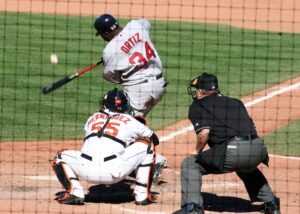
Seating and stand design
The design of a baseball stadium’s seating and stands is crucial to ensuring spectator comfort and visibility of the game.
With proper placement and design, spectators can enjoy the game in comfort and improve the overall atmosphere in the stadium.
Here we will take a detailed look at the seating arrangement, ensuring comfort, and stand design to improve visibility.
Seating arrangement and comfort
The seating arrangement is a key factor in improving spectator visibility and comfort.
Adequate spacing: By properly spacing out the seats, spectators can sit comfortably. In particular, having ample legroom will help spectators avoid getting tired even during long periods of watching. It is generally recommended that seats be spaced at least 60 centimeters apart in all directions.
Tilt angle design: The tilt angle of the stands has a big impact on the spectator’s visibility. Stands with the right tilt angle are designed to allow spectators to see the entire field without having to worry about the heads of the spectators in front. Usually, a tilt of 10 to 15 degrees is considered ideal.
Seat cushions and backrests: To improve the comfort of spectators, seats should be equipped with cushions and backrests. This will allow spectators to stay comfortable even during long periods of time. Additionally, some stadiums may also have cup holders and storage spaces on the seats.
Access and circulation: Access to and circulation of spectator seats are important to avoid congestion. Wide aisles and clear signage will be designed to allow spectators to reach their seats smoothly. Barrier-free areas will also be set up to provide an environment where wheelchair users and the elderly can watch the game in peace of mind.
Installation of shade and roof: During the sunny season, roofs and shades are installed to provide shade to the spectators’ seats. This will prevent direct sunlight and allow spectators to watch the game in comfort. Roofs can range from covering the entire stadium to partial roofs that only cover certain areas.
Stand design for improved visibility
Designing stands to improve visibility is essential to ensure spectators can enjoy the game.
Step design: Each step of the stand should have a suitable height to ensure that the heads of spectators at the front do not block the view. In general, it is recommended that each step should be 30 to 45 centimeters high. This will allow spectators at the back to have a good view of the field.
Sightlines: Sightlines are important to ensure spectators do not miss any detail of the game. Seats will be arranged in a way that ensures that each seat has a direct line of sight to the center of the field, especially the infield diamond and key areas of the outfield fence.
Installation of large-screen monitors: By installing large-screen monitors in various locations in the stands, spectators can see the details of the match even from seats far away. This improves visibility and allows spectators to enjoy highlights and replays of the match in real time.
Lighting arrangement: Appropriate lighting is required for night matches or on cloudy days. Installing lighting that evenly illuminates the entire stand ensures visibility and makes it easier for spectators to see the game. It is especially important to use anti-glare lighting fixtures to prevent glare.
Improved sound equipment: Along with visibility, sound equipment is also an important factor. Speakers are positioned so that sound reaches the entire stand evenly, allowing spectators to clearly hear announcements and cheering voices. This improves the spectators’ sense of presence and increases the excitement of the match.
The design of the seats and stands is crucial to ensure spectator comfort and visibility.
With proper placement and design, spectators can enjoy the game in comfort and improve the overall atmosphere in the stadium.
This will increase spectator satisfaction and improve the stadium’s reputation.

Lighting and other accessories
A baseball stadium’s lighting equipment and other ancillary facilities have a significant impact on the progress of the game and spectator satisfaction.
We’ll go into detail about the placement and importance of proper lighting fixtures, as well as the installation of scoreboards and benches.
The placement of lighting fixtures and their importance
Lighting equipment is an essential element for ensuring visibility during night games and on cloudy days.
Proper lighting placement makes it easier for players to play and allows spectators to watch the game in comfort.
Lighting arrangement: Lighting equipment is arranged so that it illuminates the entire field evenly. Generally, tall lighting towers are installed at the four corners of the stadium and at the top of the outfield fence to prevent shadows. This ensures that the entire field is brightly lit, making it easier for players to see the ball and the opposing players. Appropriate lighting is also arranged in the spectator seats, and consideration is given to ensuring that spectators can move around safely.
Anti-glare: The lighting equipment will be equipped with anti-glare technology to prevent glare. This will allow players and spectators to enjoy the game in comfort without feeling dazzled. Glare prevention is especially important in baseball, where visibility of fly balls and high hit balls is important.
Improved energy efficiency: In recent years, energy-efficient LED lighting has become mainstream. LED lighting consumes less power and has a long lifespan, which contributes to reducing operating costs. In addition, it can be turned on and off instantly, making it easy to adjust lighting during a match. This reduces energy waste and realizes sustainable stadium operations.
Lighting maintenance: Regular maintenance of lighting equipment is also important. Adjusting the position of the lights and cleaning them will ensure that the lighting is always in the best condition. Also, by quickly replacing or repairing lighting equipment, we can prevent problems during the match. This will ensure that the match proceeds smoothly and maintain a comfortable environment for players and spectators.
Installation of scoreboards and benches
Scoreboards and benches are essential equipment that help the spectators understand the game and progress of the game.
Proper placement and design will improve the quality of your matches.
Scoreboard placement: Scoreboards are installed in a location that is easily visible to the entire audience. They are usually installed in the center of the outfield fence or on both wings, and use large displays to show the latest game information and replays, allowing spectators to keep track of the progress of the game in real time.
Advantages of electronic scoreboards: Electronic scoreboards are highly visible and can display a variety of information. Scores, player information, and game statistics can be updated in real time, which deepens the audience’s understanding and increases their enjoyment of the game. In addition, it is possible to display advertising and promotional information, which contributes to increasing the stadium’s revenue.
Bench installation: The benches for players will be installed inside the dugout. The benches will be equipped with comfortable seats so that players can relax and concentrate on the game. In addition, beverage coolers and storage space for equipment will be installed to increase the convenience of players. The flow of traffic inside the dugout has also been taken into consideration and it is designed to allow players to move around smoothly.
Spectator benches: Spectator benches are located at the front or middle of the stands. This allows spectators to sit comfortably and enjoy a good view of the game. For spectator comfort, they are usually provided with cushioned seats and seats with backrests. Some stadiums also have exclusive luxury seats in the VIP area to provide a special viewing experience.
Information displays and signboards: Apart from the scoreboard, there are information displays and signboards installed throughout the stadium to guide spectators and help them navigate the stadium. Emergency evacuation routes and safety information are also clearly displayed to ensure safety.
Lighting equipment and other ancillary facilities are very important elements in the operation of a baseball stadium.
With proper layout and design, we can maximize athletes’ performance and provide a comfortable, enjoyable viewing environment for spectators.
This will improve the quality of the matches and enhance the overall reputation of the stadium.
